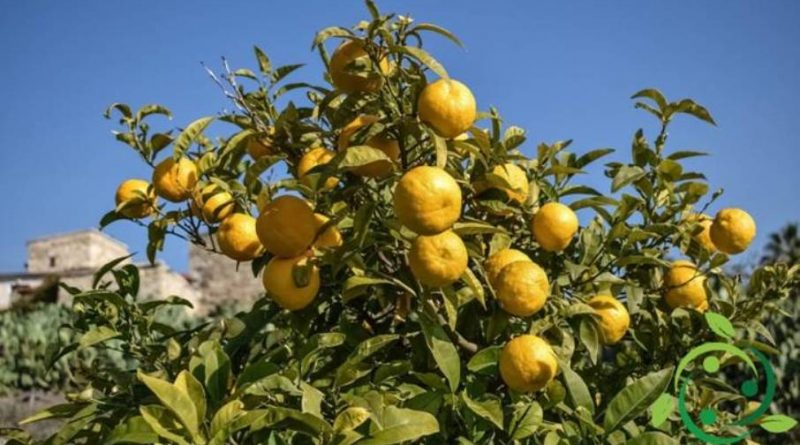How to grow bitter orange in a biological way
How to grow bitter orange in a biological way
For the biological cultivation of bitter orange (Citrus aurantium L.) many of the considerations and techniques made for lemon are worth, and it is a plant that has a higher resistance to low temperatures than sweet orange. However, the climate preferred by these plants, native to Asia (China) is mild Mediterranean, with not too cold winters and hot summers. As for the type of soil, it prefers those between the loose and the medium mixture with a good depth and with low limestone content.
It is a plant with even greater habit of lemon and orange (its foliage can reach 10 meters) with leaves of an intense green color that are provided at the base of fins on the petiole (this is a feature that allows them to distinguish even when they do not have the fruit).
The branches are thorny, so you have to be careful in pruning and harvesting operations. The fruits are much more wrinkled and rich in essential oils of sweet orange, which makes it a new interest in its cultivation, with acid pulp, bitter and rich in seeds; the epicarp is quite thin. It is a species that is mainly used as a rootstock of many citrus fruits and used by the food industry to obtain fresh or dried peel for the confectionery or for the production of liqueurs (eg “Curaçao”) and in pharmacology for the preparation of tonics .
For the plant we recommend the end of winter, in holes of 50 x 50 x 50 in which to enter good quantities of mature manure or organic compost. The sixth to be preferred is 5 x 5 (or 6 x 6 as they are even larger than oranges and lemons). Like all citrus fruits they need irrigation when the soil starts to dry up, with shifts in the summer even weekly.
For the fertilization of maintenance it is always advisable to add mature manure to add ash during the period of spring awakening from the residues of pruning or other biological plant products. The pruning follows the same principles of the lemon and has the purpose to make the plant fructify at the bottom and at man’s height, to eliminate the internal branches (to ventilate), to remove the suckers and the suckers that remove the sap necessary for the production of the plant. This species has many cultivars that differ in the types of fruits, the shape of the leaves.
As for plant diseases, it is important to remember never to use tools that work deep down the soil which would damage the very superficial root system with the danger of introducing the Deuterophoma tracheiphila fungus, responsible for the unpeeled (this also applies to grafted citrus fruit). this species).
Among the insects are especially the cochineals those that can create more problems. For this reason, the non-use of nitrates, a pruning that takes care of the foliage is already a good guarantee. If you had to spraying with Marseille soap products, even repeated, it helps to eliminate them and keep the plant clean even from the fumigates and the ants that develop because of their presence.

